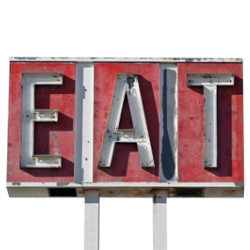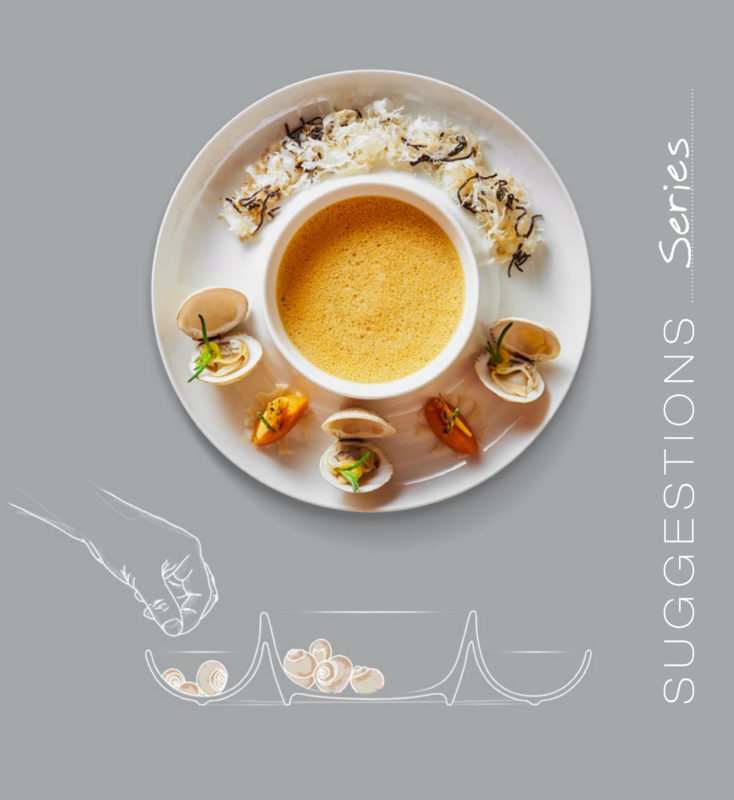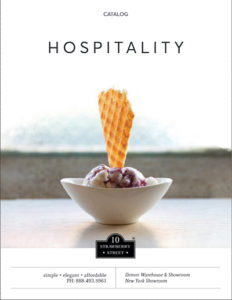Hot off the presses (yes, they still do use presses), The Australian published a list of the Hot 50 Restaurants in Australia which, to us, was interesting as we always love to see who’s “hot” and why they are considered to be that way.
But included also was a commenary on trends and issues facing the Australian restaurant industry which we found even more fascinating. As the world we live continues to shrink, whether you live in Europe….America….Asia…Middle East….or even Australia, often the issues confronting us sound incredibly similar. We thought you would enjoy reading: PIG’S EARS, AND OTHER EMERGING TRENDS
* Times are hard. A significant number of high-end restaurants/groups have taken a tumble over the past 12 months, particularly in Sydney. Others are either struggling to put bums on seats, or scrambling to reinvent themselves. Restaurateurs are losing the will, and the means, to maintain traditional-style high-end restaurants.
* People are still going out – perhaps even more than ever – but they’re spending less. So the restaurants that are canny about how their prices are perceived – and parlayed on the social media grapevine – are thriving.
* Part of the industry’s struggle to keep its head above water is the no-bookings phenomenon. At the more casual end of the market, it simply makes more business sense for the restaurant to manage demand this way and as long as the public plays the game, it won’t change.
* The digital world is changing the way some restaurants operate. Chefs are now plugged in before plating up, reaching out in cyberspace to let people know about new dishes, special dinners and discount deals. More diners are booking tables online, and the web is awash with meal deal sites offering incentives such as midweek discounts, which are changing the way diners “shop” for restaurants.
*The line between formal and informal is being blurred. Some of the best restaurant food in Australia is served at bare tables with a rock’n’roll soundtrack. Cooking creatively is a young person’s game and that’s being reflected in the dining rooms they run.
* The tricky economics behind small, chef-run dining rooms has ushered in a renewed impetus for degustation-style dining. Set menus save money.
* Wood is the word: whether it be cooking over charcoal or coal, smoking all kinds of ingredients or indeed adding smoke to dishes for the big “reveal” at the table, wood and its smoke are hot, smouldering even.
* The Mugaritz-Noma effect: Spain and Denmark have replaced Paris and London as the Mt Olympus of the 21st century, for chefs anyway.
At the pointy end of dining, the pervasiveness of food gods Andoni Aduriz and Rene Redzepi has been phenomenal in Australia. From Hobart to Brisbane, Perth to Sydney and many points in between, you’ll find great Australian chefs inspired to forage, plant kitchen gardens, discover edible flowers and generally celebrate the virtues of naturalist cuisine.
* And what have we seen on our plates? A litter of pig’s ears; a Babel of tongues; a school of mackerel; a bed of Rottnest scallops; ovens of housemade bread; herds of hanger steak, rump cap and a whole lot of secondary cuts your butcher has never heard of (Wagyu has jumped the shark); and salt mines of saline caramel. Oh, and chicken that tastes like real chicken (because it is).
* The importance of correct lighting is being reinforced by its absence: too many restaurants are confusing one-dimensional low lighting with mood, leaving too many of us in the dark.
* The Scandinavian aesthetic has jumped off the plate and into the dining room as never before: we’re seeing lots of blond wood, Danish-designed furniture and an overall look of Nordic reserve.
* And what are we drinking? Less, but more frequently: the trend towards smaller by-the-glass pours mirrors the smaller-portion trend on the menu. It helps soften sticker shock, and diners can cast their drinking net a little wider. Those by-the-glass lists are getting longer, while the bottle lists get shorter; a great idea in principle, provided what they’re selling is kept fresh. We’re drinking more “natural” wines, more sake, cider and small-brewery beers.
* And who is serving us? Sometimes, it’s the chefs themselves (another trend out of Denmark) but too often it’s a generation of fairly clueless, undertrained waitstaff. Australia’s pool of first-class waiter talent stays within the inner circle of elite restaurants and restaurateurs: for the rest, it’s slim pickings.
Any of this sound familiar?
Thought so…. Congratulations to our friends at Garagistes for being named the hottest restaurant in Tasmania…..think we told you that a while ago, but nice to see our opinions re-affirmed.
To read the rest of the “Hot” list go here:
http://www.theaustralian.com.au/life/food-wine/hot-50-restaurants







